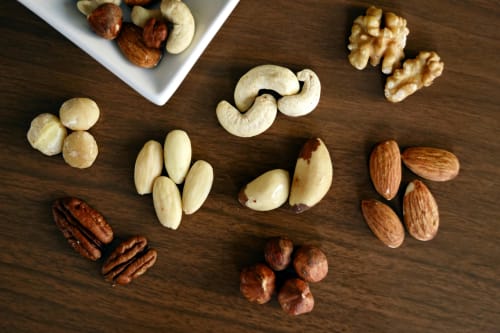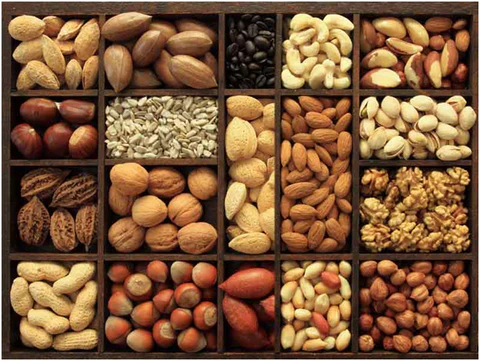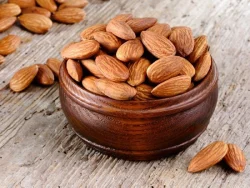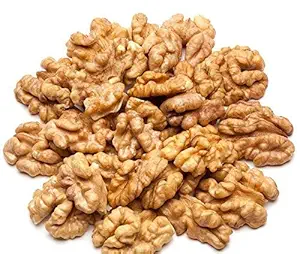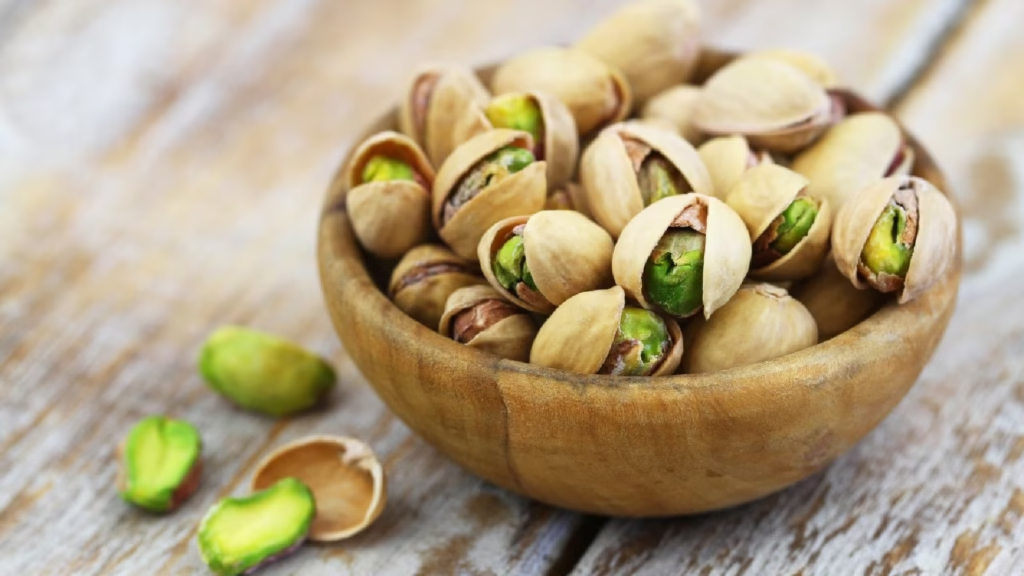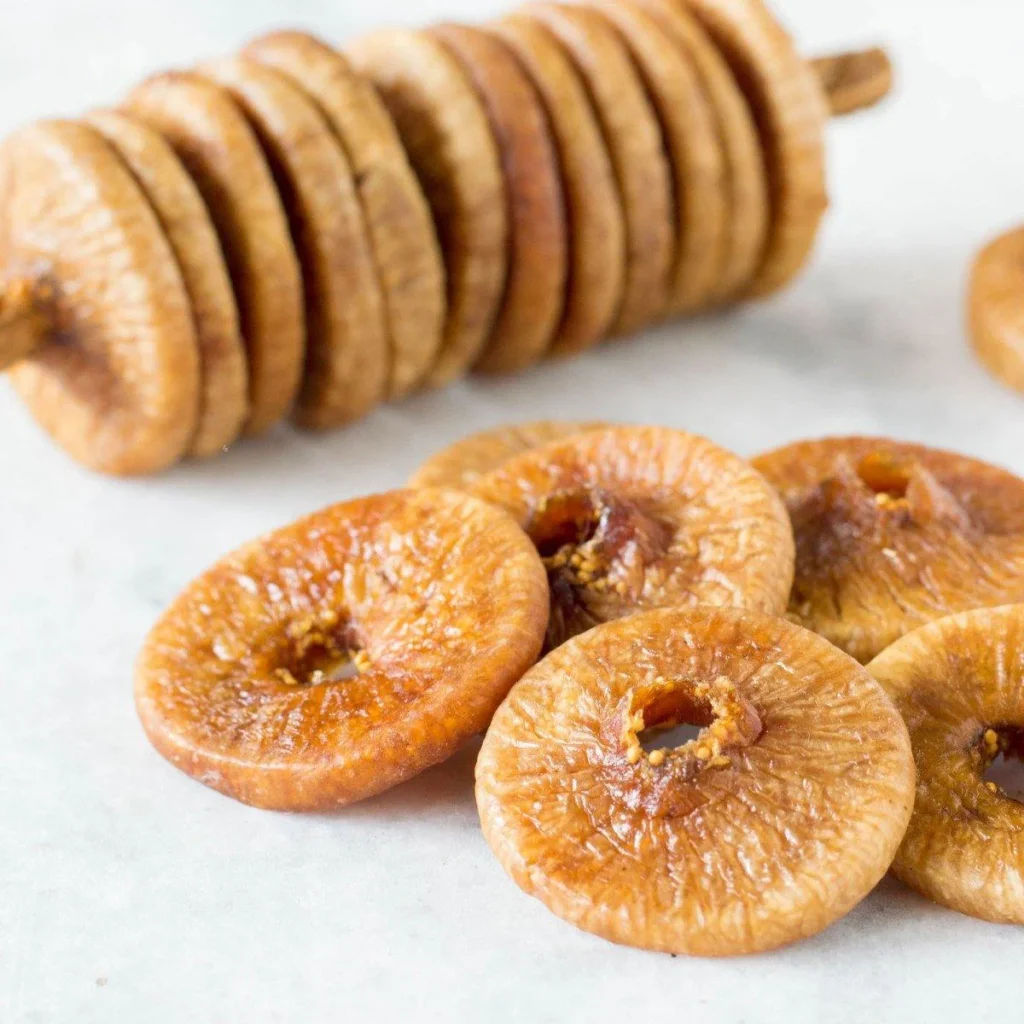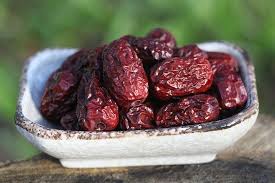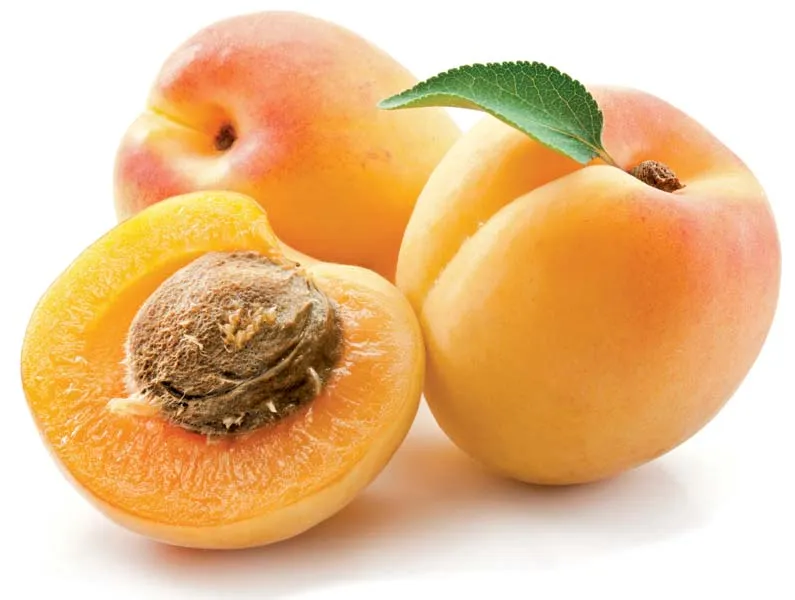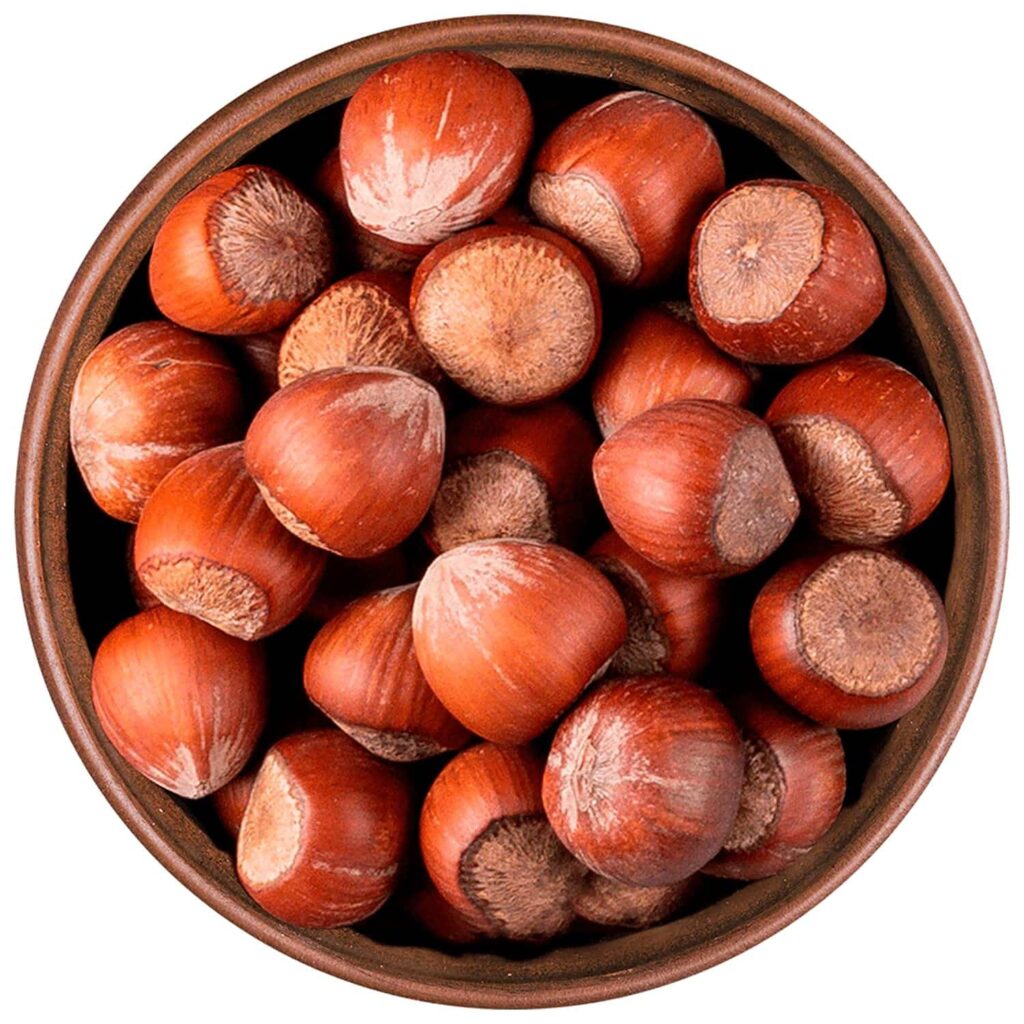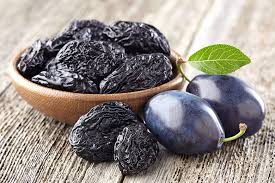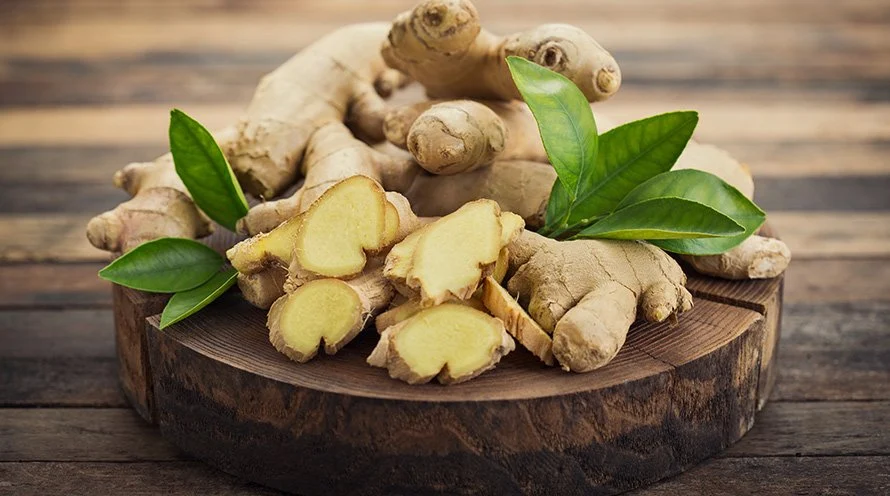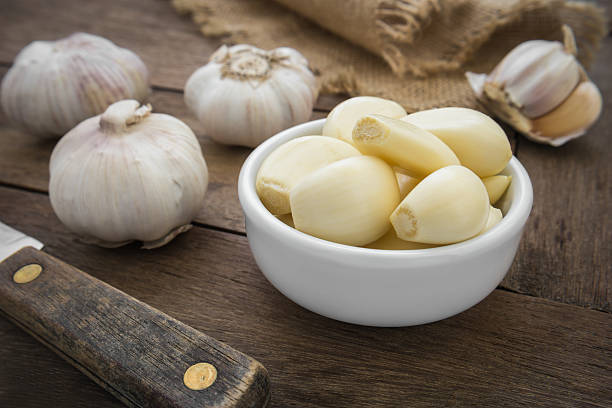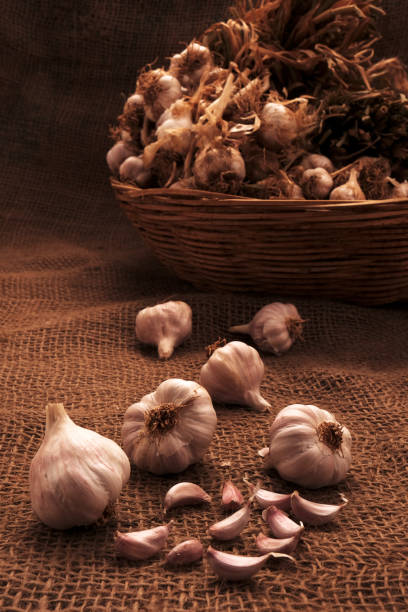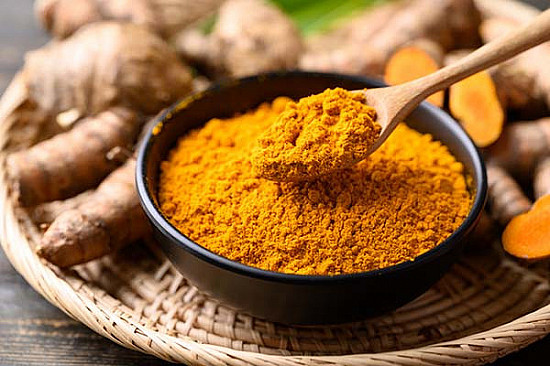Turmeric, known as Curcuma longa, has long been celebrated for its powerful healing properties, especially in the context of skin care. In Kerala, the southern Indian state renowned for its rich tradition of Ayurveda, turmeric has been revered not only for its culinary and medicinal uses but also as a natural remedy for a wide array of skin ailments, including acne.
Known as the “golden root,” turmeric is an integral part of Aushadi Ayurveda, the traditional herbal medicine system of Kerala.
In Kerala, turmeric is called “മഞ്ഞൾ” (Manjal) in Malayalam. It’s a key ingredient in Ayurvedic remedies and is often used for its anti-inflammatory and antibacterial properties.
The Ayurvedic Legacy of Turmeric
In Kerala, Ayurveda is not just a form of alternative medicine; it’s a way of life that has been passed down through generations. Aushadi refers to medicinal plants and their therapeutic properties in Ayurvedic healing, and turmeric has earned its place as one of the most revered aushadis. In ancient texts, it’s often called “Haridra” and is considered a powerful rasayana (rejuvenating) herb with the ability to purify the body, reduce inflammation, and balance the doshas (Vata, Pitta, and Kapha).
Turmeric’s Role in Treating Acne
Acne is a common skin condition that affects many individuals, particularly teenagers and young adults. It occurs when hair follicles become clogged with oil, dead skin cells, and bacteria, leading to inflammation and the formation of pimples, cysts, and blackheads. Ayurvedic treatment for acne aims to balance the body’s internal energy and detoxify the skin.
In Kerala’s Ayurvedic tradition, turmeric has been used for centuries to treat various skin conditions, including acne. Here’s how turmeric works as a natural remedy for acne:
1. Anti-Inflammatory Properties
One of the primary reasons turmeric is used to treat acne in Ayurveda is its strong anti-inflammatory effects. The active compound in turmeric, curcumin, helps reduce inflammation and redness associated with acne. By calming the skin, turmeric prevents further irritation, reduces swelling, and aids in faster healing of blemishes.
2. Antibacterial Action
Turmeric’s natural antibacterial properties make it a powerful tool in fighting acne-causing bacteria. In Kerala, Ayurvedic practitioners often use turmeric to cleanse the skin and fight off infections. By reducing bacterial growth on the skin’s surface, turmeric helps prevent the formation of new pimples, blackheads, and cysts.
3. Promotes Healing and Scarring Reduction
Chronic acne often leads to scarring, which can be challenging to treat. Turmeric has been shown to accelerate the healing process, helping to fade dark spots and scars. It does this by promoting collagen production and improving skin regeneration. In Kerala, turmeric paste is commonly applied to acne scars and blemishes, facilitating faster recovery and clearer skin.
4. Balances Oil Production
Excessive oil production in the skin, particularly in the T-zone, is one of the leading causes of acne. Turmeric’s properties help regulate sebum production, reducing the likelihood of clogged pores. In Ayurvedic formulations from Kerala, turmeric is often combined with other herbs and ingredients like neem and sandalwood, which further control oil secretion and maintain the skin’s natural balance.
Traditional Uses of Turmeric in Kerala’s Ayurveda
In Kerala, turmeric is used in various forms in Ayurvedic skincare regimens. Here are some traditional methods:
1. Turmeric Paste for Acne Treatment
A common treatment involves creating a paste by mixing turmeric powder with a small amount of water, coconut oil, or milk. This paste is applied directly to the affected areas of the skin. The anti-inflammatory and antibacterial properties of turmeric help treat existing acne and prevent new breakouts.
2. Turmeric and Neem Face Packs
Neem, another herb known for its antibacterial and antifungal properties, is often combined with turmeric in Kerala’s traditional acne treatments. A paste made from crushed neem leaves and turmeric is applied to the skin to clear up acne and soothe inflammation. This combination not only tackles acne but also helps to detoxify the skin.
3. Turmeric Milk (Golden Milk)
In Kerala, Haldi doodh (turmeric milk) is a traditional remedy for numerous health concerns, including acne. Drinking warm turmeric milk is believed to cleanse the body from the inside out, promoting skin health and reducing acne breakouts. The antioxidants in turmeric and the anti-inflammatory properties of milk work together to enhance skin clarity and overall wellness.
4. Turmeric Oil
In some Ayurvedic practices, turmeric essential oil is used for its anti-inflammatory and healing benefits. It can be diluted with a carrier oil like coconut or almond oil and gently massaged into the skin. This practice helps reduce the inflammation associated with acne and promotes healthy, glowing skin.
Scientific Validation of Turmeric’s Skin Benefits
Modern science has started to catch up with the ancient Ayurvedic knowledge regarding turmeric’s effects on acne. Studies have shown that curcumin, the active compound in turmeric, has significant anti-inflammatory and antimicrobial properties, making it effective in treating acne. Research has also demonstrated that turmeric can help reduce sebum production and promote wound healing, supporting its use in Ayurvedic acne treatments.

A Final Word of Caution
While turmeric can be a highly beneficial remedy for acne, it’s important to note that not all individuals may respond the same way to topical or internal turmeric treatments.
Some people may experience allergic reactions or skin irritation. As with any natural remedy, it’s advisable to perform a patch test before using turmeric on the face, especially for those with sensitive skin.
Disclaimer: This article is for informational purposes only and should not be considered as medical advice. For personalized recommendations and treatment for acne or other skin conditions, it’s essential to consult with a healthcare provider or dermatologist. Always consult with a medical professional before starting any new treatment regimen, especially if you have underlying skin conditions or allergies.
Related post:
Conclusion
Turmeric, long regarded as a golden remedy in Kerala’s Aushadi Ayurveda, is a powerful natural tool in the fight against acne. Its anti-inflammatory, antibacterial, and skin-healing properties make it an effective treatment for managing acne and reducing scars and promoting healthy, glowing skin. By incorporating turmeric into your skincare routine, you can harness the wisdom of centuries-old Ayurvedic traditions to achieve clearer, more balanced skin.
Reference links:
Ayurveda and Acne Remedies
Scientific Studies on Turmeric (Manjal)
Cultural and Traditional Use of Turmeric in Kerala
General Information About Turmeric
Beauty and Skincare Applications
